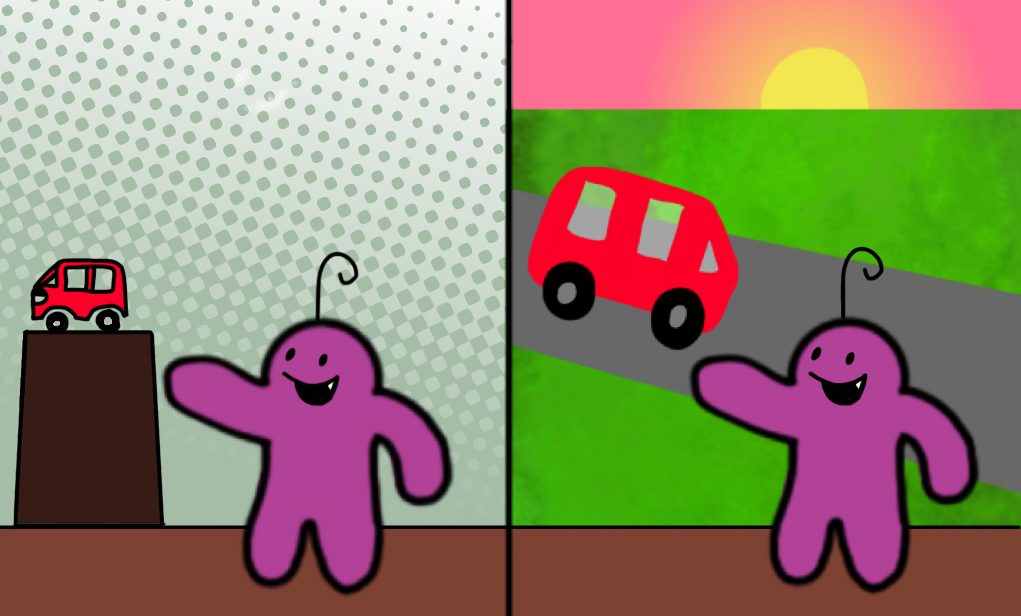Once Upon a Time: The Elements of Good Storytelling

Storytelling has an unbelievably long, intricate, and beautiful history. It is one of the things that make us human, and has been a tool in inspiring, entertaining, and educating people for generations upon generations.
According to one study by the University College of London, which you can read all about here, storytelling is associated with increased levels of cooperation between people. In other words, storytelling brings people together in a manner which helps them work with each other more efficiently. Another experiment by the same group showed that storytellers were also more likely to have living children. This suggests that storytelling may have helped humans survive, because it made them more popular with other humans, with whom they could marry, have children, and therefore keep the species alive.
Obviously, there are many reasons why storytelling is amazing, which is why you should try to improve your own storytelling skills. Even if you aren’t giving a full-blown narrative speech, storytelling skills come in handy all the time!
Remember that time when you went to the museum and saw an actual celebrity? That time when it snowed for 5 days? Right now (from March 2020 through the present) while we are in quarantine? All of these instances can make for great stories, which can come in handy at almost any time! Great stories can be used to entertain, inform, or inspire friends, family, and even people you don’t know. Because of all this, knowing a few tips to improve your stories’ impact on your audience can be very useful.
Here are a few of our favorite storytelling tips:
Use the plot mountain structure. The plot mountain is one of the most popular structures out there to tell a great story.
Sneo is kindly demonstrating this in the picture to the right: He made a model of the various parts of the plot mountain structure, including exposition ( “the beginning”), conflict (“the problem”), the rising action (“things are getting worse”), the climax (“the most dramatic part”), the falling action (“things are getting better”) and the resolution (“the solution”). Thanks, Sneo!

Use props. Using props is a great way to tell stories and share information. Props are objects you can use to enhance the effect of a speech.
This topic is a favorite of mine, so more on this topic will be coming soon in a future post. 🙂

Use body language. Your body can communicate a lot, so use it! Without body language, your speech will not have the same impact at all.

Use vocal variety. Vocal variety is named appropriately. It is in fact variety in your voice while you give a speech. Vocal variety (for example, changing the pitch of your voice from time to time to follow along with the storyline,) can help give your speech personality, which helps people listen to you, which in turn makes for a much better speech.

Use humor. Being funny is a great way to connect with people. Many of the best speeches turn the most serious topics into funny presentations. Some of the ways they do this is by making jokes, telling funny anecdotes, developing funny characters, and exaggerating events by acting them out. For example, if someone was dizzy in your story, you could pretend to be dizzy yourself, but then make it seem much more dramatic then how it actually happened.

Use dialogue and role play. When telling a story to an audience, acting out each character as he or she speaks in the story can really improve your speech. You can incorporate dialogue and role play by acting out all the parts of the story where people talk. This is also a great time to use your body and facial expressions to show how they said the words.
